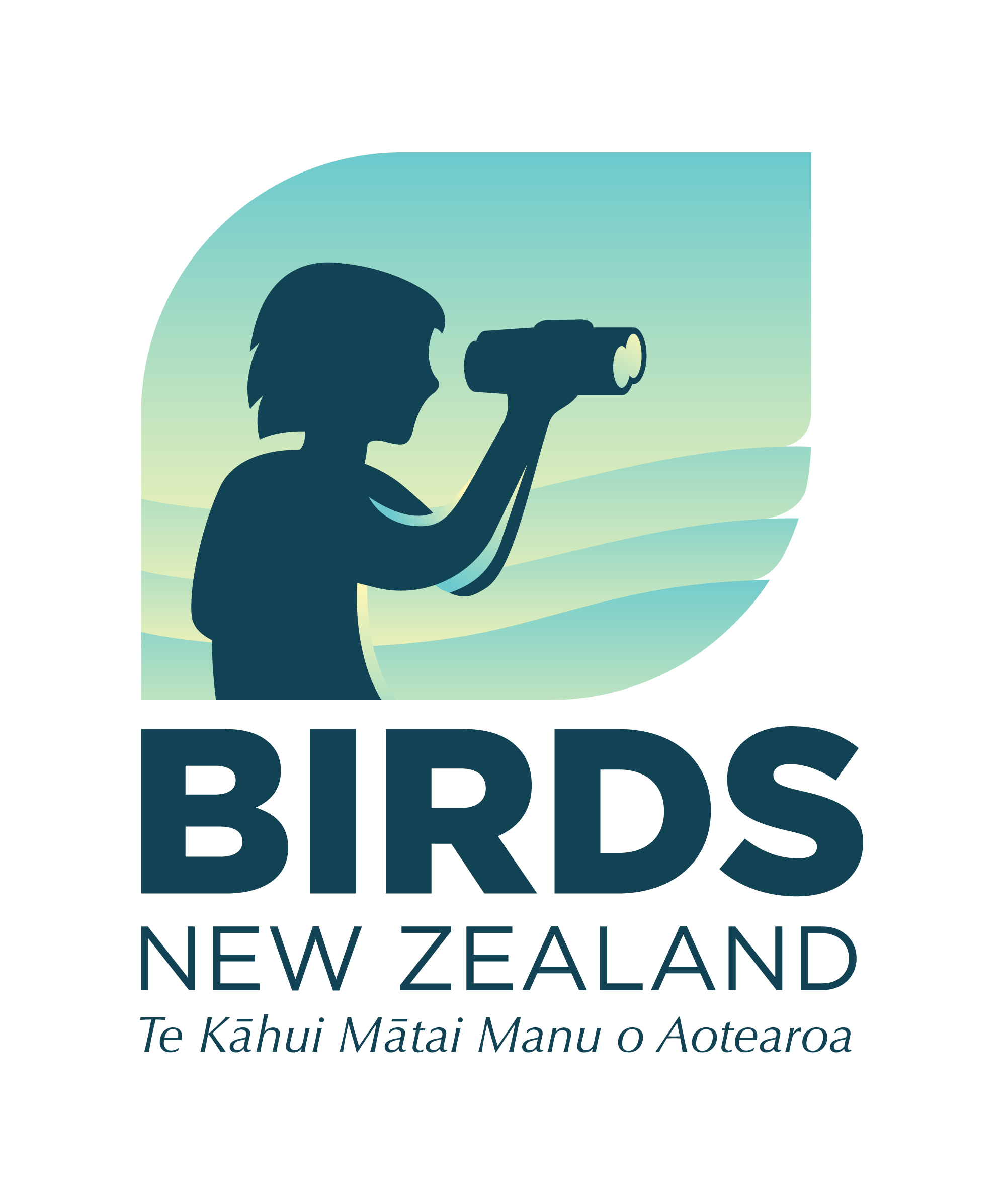Notornis, 11 (1), 3-34
Article Type: Paper
It is shown that for the 1961-62 season, the number of adults at the breeding colony on Somes Island, Wellington Harbour, began to increase in July 1961, and that nest building commenced about the same time. Pair-forming behaviour is described and some evidence is produced which indicates that established pairs probably re-form before winter, and some pairs do not effectively part at all after breeding. The male builds the nest practically alone, most activity occurring in the late afternoon. The nest is made of whatever material is handy and plentiful, and preferred nest sites include bare rock or soil, and amongst long grass and rushes. No strange gulls or other vertebrates are tolerated near the nest. Maximum and minimum nesting densities were respectively 109 and 65 nests/acre; average nesting density was 84 nests/acre. Laying started 18th October and continued for 99 days until 24th January. Peak laying occurred in the second week of November. The laying of two- and three-egg clutches was spread over two to eight, and four to nine days respectively. The average clutch size was 2.3 eggs, and the number of one- and two-egg clutches increased the season progressed. Weights, measurements and colours of eggs have been described and renesting occurrences summarised.
